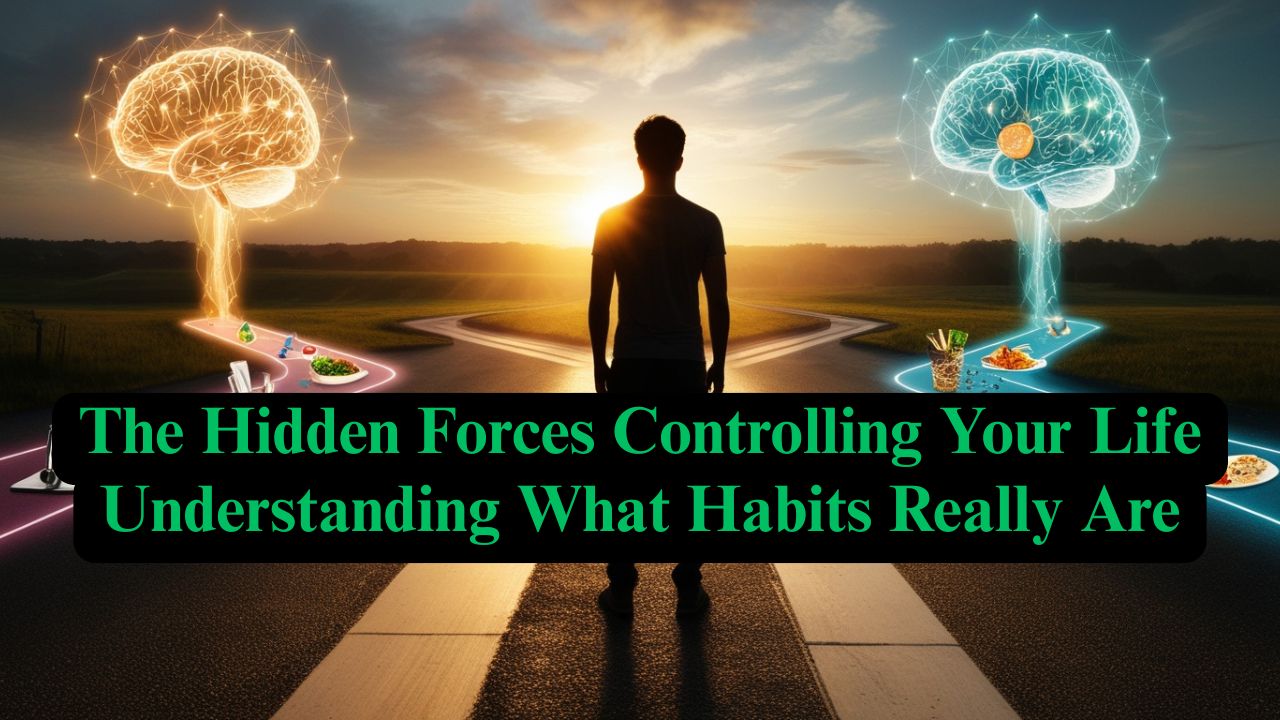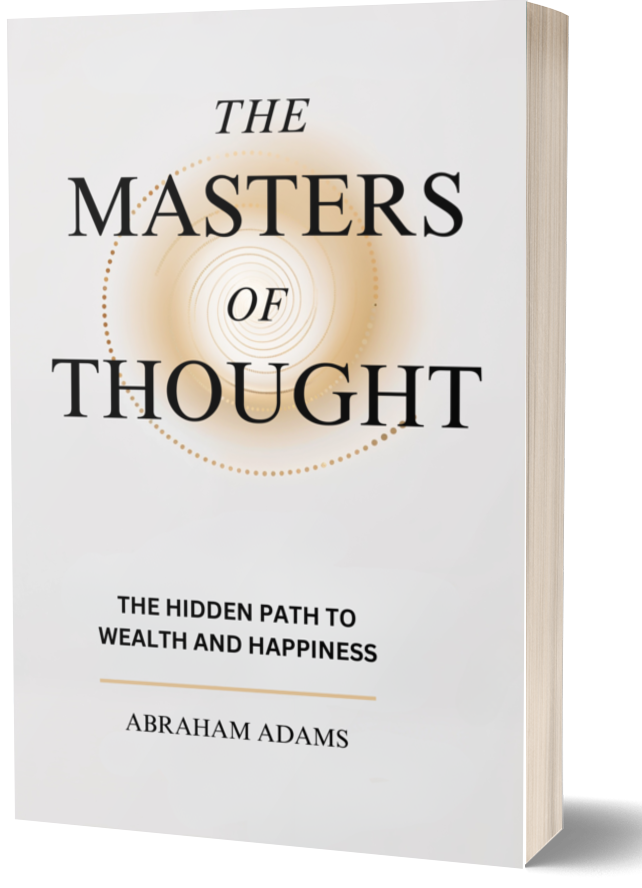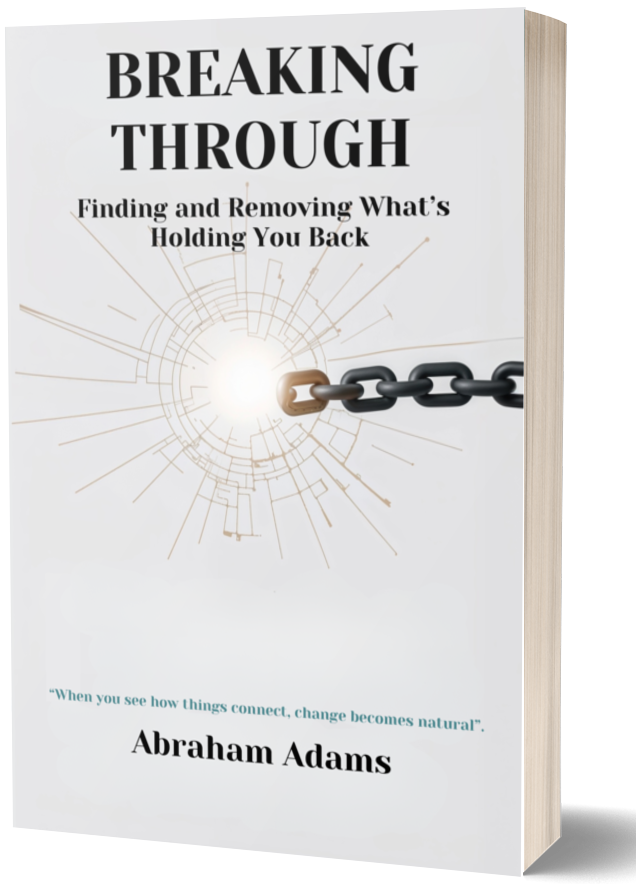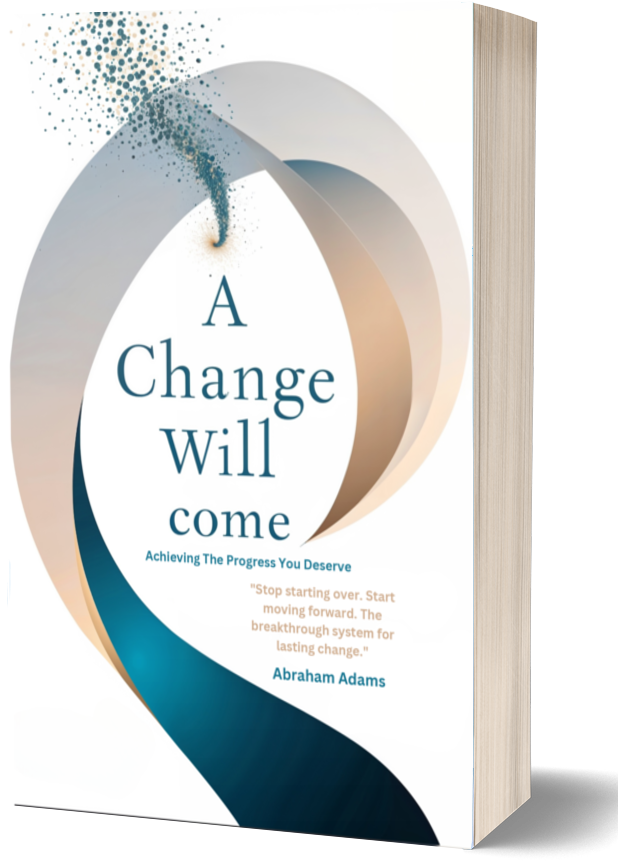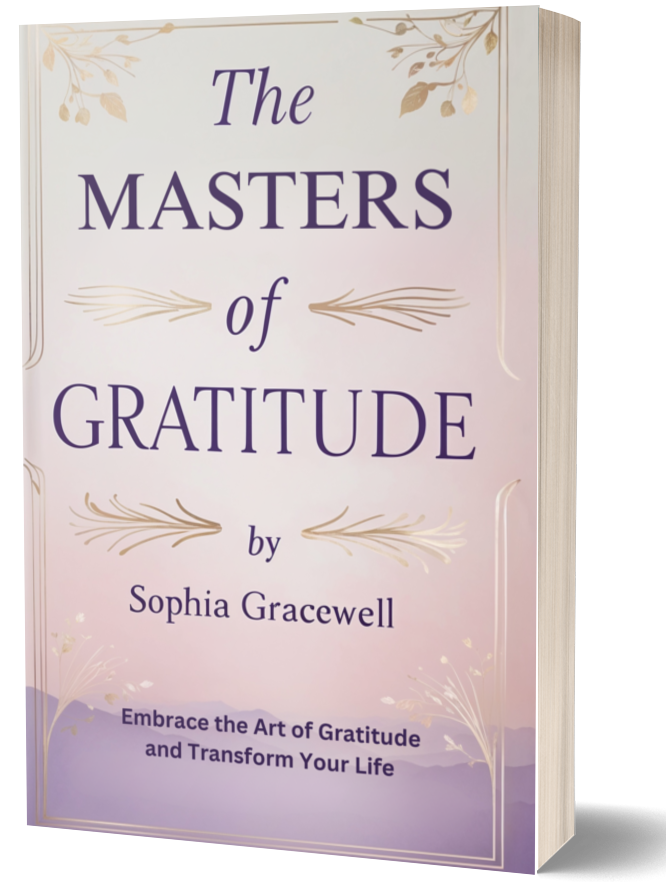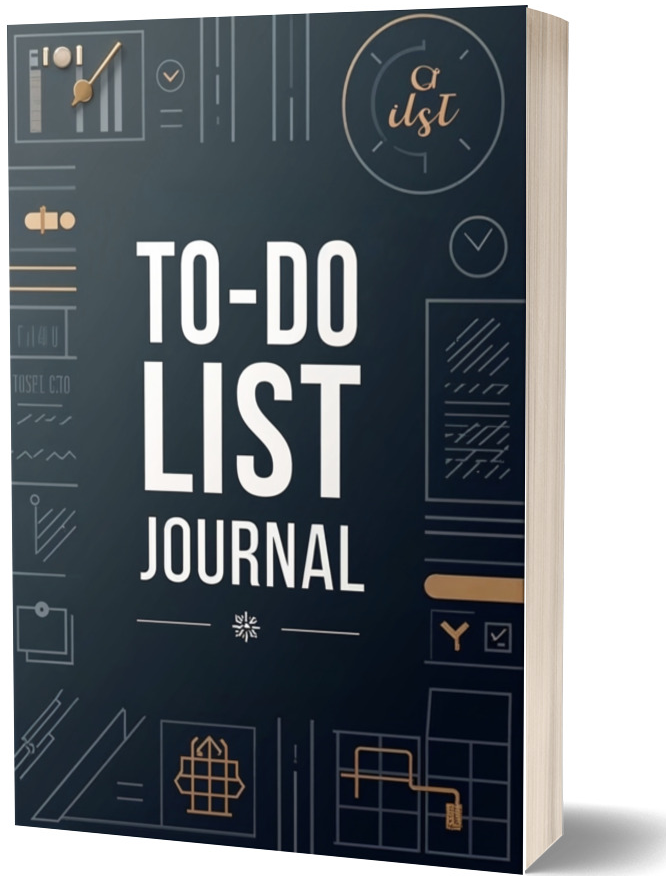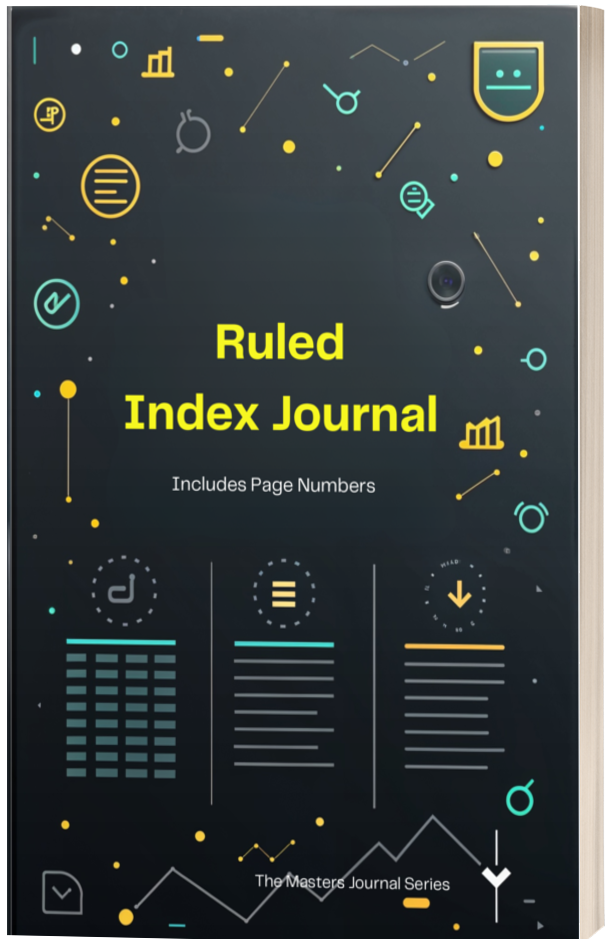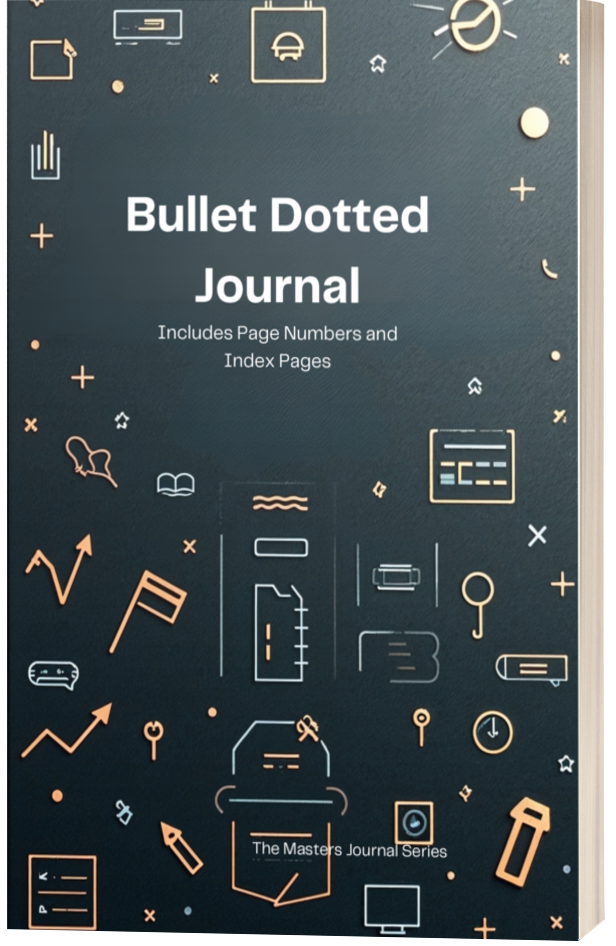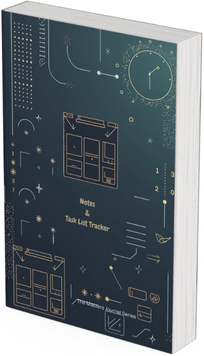Article 1: The Hidden Force Controlling Your Life - Understanding What Habits Really Are
Right now, as you're reading this, your brain is running on autopilot for dozens of decisions. You didn't consciously decide how to hold this device, which eye to start reading with, or how to balance your body in your chair. These automatic behaviors are habits, and they're quietly steering your life in ways you might never have imagined.
The Invisible Architecture of Your Day
Think about your morning. You probably wake up and follow the same sequence of actions without much thought. Maybe you check your phone first, then stumble to the bathroom, brush your teeth in the same pattern, and make coffee the same way you did yesterday and the day before that.
This isn't laziness or lack of creativity. This is your brain being incredibly efficient. Scientists estimate that 40 to 45 percent of our daily actions aren't actually decisions at all—they're habits. That means nearly half of what you do every day happens without conscious thought.
Key Insight: Habits aren't just small behaviors. They are the compound interest of self-improvement, building momentum that either lifts you up or drags you down, one automatic action at a time.
What Exactly Is a Habit?
A habit is a routine or behavior that is performed regularly and automatically, often without conscious awareness. But here's what makes habits so powerful: they free up mental energy for other tasks while creating predictable patterns in our lives.
Imagine if you had to consciously think through every single action—how to walk, how to speak, how to tie your shoes. You'd be mentally exhausted before breakfast. Habits solve this problem by creating mental shortcuts that your brain can execute without conscious oversight.
The Habit Loop: Your Brain's Operating System
Every habit follows a simple neurological loop discovered by researchers at MIT. This loop has three parts:
The Cue: This is the trigger that tells your brain to go into automatic mode and which habit to use. It could be a time of day, an emotional state, a location, or even the presence of certain people.
The Routine: This is the behavior itself—the automatic action you take. It can be physical, mental, or emotional.
The Reward: This is the benefit you gain from the behavior. It satisfies a craving and teaches your brain that this particular loop is worth remembering for the future.
Try This: Think of one habit you do every day. Can you identify the cue, routine, and reward? For example: seeing your phone (cue) leads to checking social media (routine) which gives you a hit of social connection or entertainment (reward).
Why Your Brain Loves Habits
Your brain is constantly looking for ways to save effort. When you repeat a behavior enough times, your brain literally changes its structure to make that behavior easier to perform. The neural pathways become stronger and more efficient, like a path through the woods that becomes clearer with each person who walks it.
This is why breaking a bad habit feels so difficult, and why forming a good habit requires initial effort but becomes easier over time. You're literally rewiring your brain.
The Two Faces of Habits
Habits are neutral—they're neither inherently good nor bad. They're simply efficient. The same neurological process that helps you automatically brush your teeth can also automatically reach for a cigarette or check your phone compulsively.
The difference between people who seem to effortlessly maintain healthy lifestyles and those who struggle isn't willpower or motivation. It's that successful people have learned to install positive habits that serve their goals, while others remain at the mercy of habits that work against them.
Remember: You don't eliminate habits—you replace them. The goal isn't to remove the automatic behaviors from your life, but to make sure those automatic behaviors are moving you toward the person you want to become.
Taking Back Control
The first step to mastering habits isn't changing them—it's recognizing them. Most habits operate below the level of conscious awareness, which means you can't change what you don't acknowledge.
Over the next few days, start paying attention to your automatic behaviors. Notice when you pick up your phone, what triggers your snacking, or what leads you to feel stressed or calm. Don't judge these behaviors; just observe them.
This awareness is the foundation of everything we'll explore in the coming articles. Because once you understand that nearly half your life is governed by habits, you realize that changing your habits means changing your life.
Your First Assignment: For the next three days, carry a small notebook or use your phone to track one habit. Every time you notice yourself doing this behavior, write down: What happened right before (the cue)? What did you do (the routine)? How did you feel afterward (the reward)? This simple observation will begin to give you power over your automatic behaviors.
In our next article, we'll dive deeper into the science of habit formation and learn exactly how long it really takes to build a new habit—and why the popular "21 days" rule is dangerously misleading.

